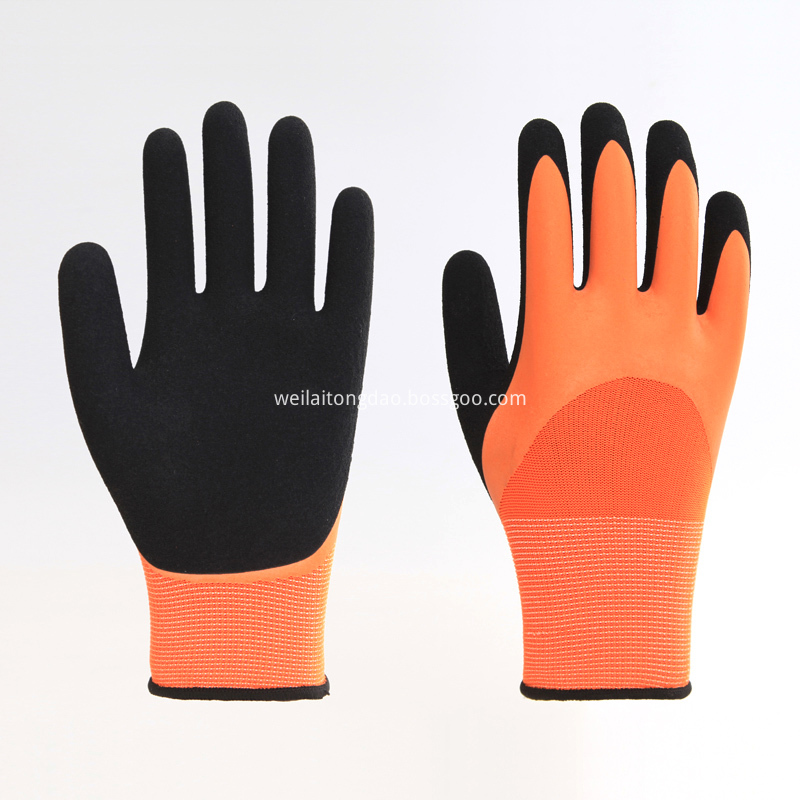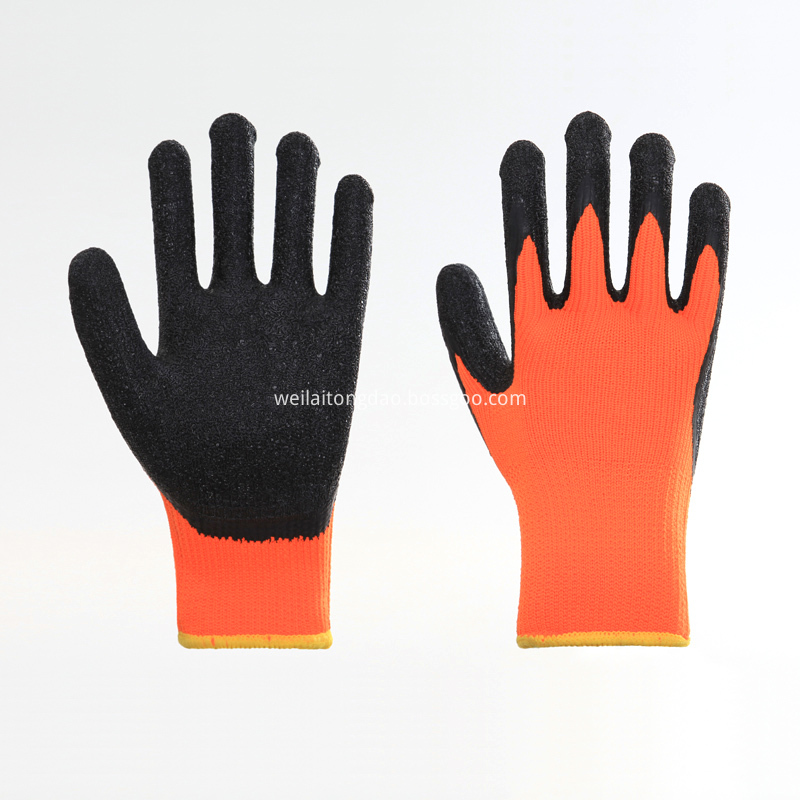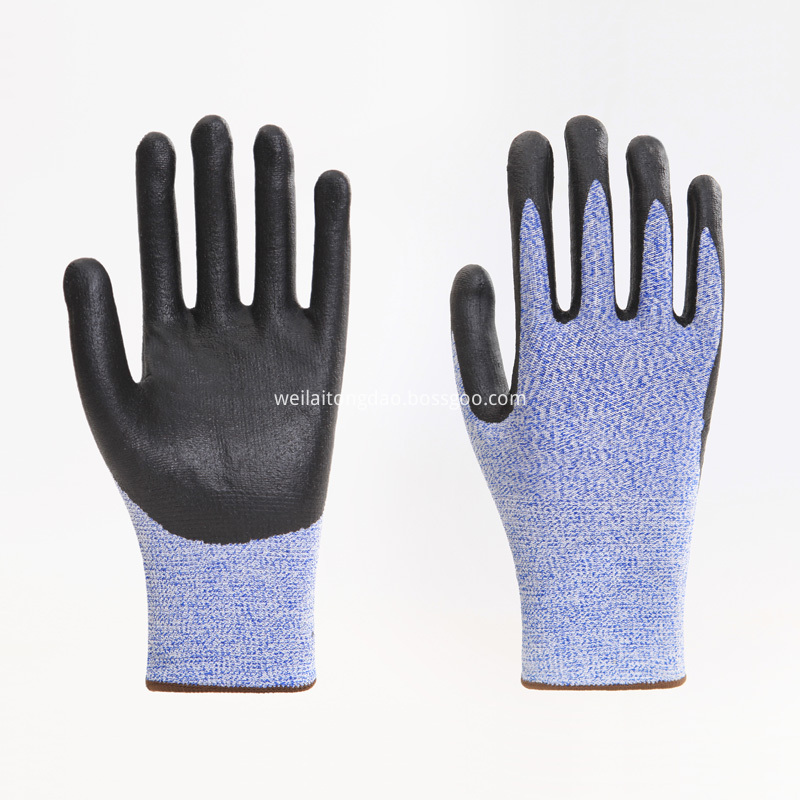With the popularization of security monitoring, camera systems have been installed in elevators. However, in a complex environment such as elevators, video surveillance images of many projects are disturbed to varying degrees in the elevator shaft environment. How to solve it? Please read this article!
The status of elevator interference
1, horizontal stripes scroll up and down
This phenomenon is manifested by the continuous rolling up or down of the stripes, and the widening of the stripes. It seems that interference is not caused by external electromagnetic waves. If you put aside the stripes, the image is clear. This phenomenon basically accounts for more than 80% of the image interference. This phenomenon can be said to be the problem of the ground potential. It means that there is a potential difference between the ground of the front-end device and the central control room. This problem cannot be tested by the multimeter. If the measured number is zero, it does not mean that there is no potential difference. The only way is to disconnect its loop, that is to say disconnect the ground at both ends (preferably select the front end). If both ends do not want to break, fear of affecting lightning protection. That is to say, an isolating device is used to solve this problem. This device is a passive device. If it is connected in series at any end of the coaxial cable, the installation is convenient and the effect is good. This phenomenon of streaking can be completely eliminated. The picture shows the UTP signal isolator.
2. Mesh interference
This kind of phenomenon has very poor image quality. Basically, it can't see any objects. There are sometimes no images, and there are still picture freezes. This phenomenon is due to the fact that the core and shield of the cable are broken and short. Most of these cases occur on joints, and individual ones have not been constructed during wiring. The interference caused by welding problems or poor quality of joint parts also accounts for a large part of the project.
3, the interference of space electromagnetic waves
This kind of interference source is more complex, mainly in the front-end equipment, cables, strong radiation sources or high-power equipment in operation near the terminal. Mainly for the image distortion, jitter and so on. Therefore, you should understand the surrounding environment before construction and try to avoid the radiation source. In the case of a project that has already been completed and the interference is unavoidable, only anti-jamming equipment is added. This method is more economical, faster, and the image is guaranteed.
Twisted pair transmission elevator monitoring application
For the complicated environment within the well, the use of twisted pair transmission can be carried out according to the following three recommended schemes:
A) Middle shaft alignment
1, choose non-shielded high quality super five cable.
2. Open the hole on the wall of the middle of the hoistway.
3. The cable is bundled with the accompanying cables. The cable bundles below the middle of the hoistway should be reserved.
4. The transmitter selects according to distance requirements, and the transmitter should take power independently.
B) Out of the elevator room
1, choose non-shielded high quality super five cable.
2. Cables shall be bundled with the accompanying cables. The bundled cables below the middle of the hoistway shall be reserved and the cables above the hoistway shall be tightly bound.
3. The cable in the elevator room should not be strong enough to bridge the bridge. It should be connected to the monitoring center as soon as possible.
4. The transmitter selects according to distance requirements, and the transmitter should take power independently.
C) Elevator Room Installation
1. Use the video cable provided with the accompanying cable as the front-end media to install the transmitter in the elevator engine room.
2. The transmitter selects the passive or active transmitter according to the length of the video line.
3. The receiver is installed in the monitoring center, and passive or active receivers are selected according to the distance between the twisted pair.
In addition, the transmitter and the elevator grounding system should be carried out separately. We recommend grounding the remaining pairs in the network cable at the monitoring center. The receiver is grounded to protect the equipment from overvoltage. It is often difficult to implement separate grounding devices for each of the above grounding types. Common grounding devices are commonly used. General requirements The grounding resistance of the common grounding device is not more than 1Ω. The grounding wire can be connected to the PE wire in the power distribution room of a building with a cross-sectional area of ​​not less than 16 mm2. The first end of the copper wire (PE wire) can be laid in parallel with the elevator power cable. The end of the ground wire and the elevator The auxiliary equipotential plates in the machine room are connected.
When attaching the network cable, note the following points:
1. Select a qualified, soft, non-shielded network cable.
2, first with a thick cable tie fixed on the accompanying cable.
3. Bundle the cable with a thin tie and fix it in a thick tie.
4. The distance between the thick straps is 30 cm, and 3 cm is reserved for each segment of the cable.
Twisted pair cabling attention issues
First, the twisted pair must meet the national twisted pair product standards:
1. The twisted wire used should be a pure copper core. The wire diameter is 0.5mm.
2. The single-core 100-meter resistor is 9.38 ohms, and the 305-meter box wire resistance is about 28 ohms. Do not exceed 30 ohms.
3, twisting density to meet the five standard
4, flexibility, flame retardant to meet the national inspection standards.
Second, if used outdoors, use outdoor waterproof twisted pair.
Third, the project wiring is forbidden to be in contact with strong voltage cables or devices, and it cannot be placed together with frequency conversion equipment and communication signal generators.
4. Four pairs of wires in the cable transmit one signal in each pair, so video can be transmitted at the same time. Audio, control signals, eliminate high-current power transmission in the cable. If you need to use a pair of low voltage power supply DC12V in the network cable to control within 150 meters, AC24V control within 300 meters, the control signal is controlled within 1000.
5. Active and partially passive products have built-in surge protection and need to be grounded. Outdoor applications can be grounded together with the camera. Note that the grounding resistance must be qualified (reference value 4 ohms)
6. The camera-to-transmitter video line should be as short as possible to ensure stable signal quality.
Nitrile Work Gloves are widely used in various industries around the world, with a light sensitive, soft and comfortable and so on. It has a good anti-piercing performance, thermal insulation, anti-grease performance, anti-skid performance. Applications in light industry operations, paint printing, mechanical maintenance, petrochemical and other industries.



Nitrile Gloves,Blue Nitrile Gloves,Nitrile Examination Gloves,Disposable Nitrile Gloves
Shandong F • C Future Channel Cross-border Co., Ltd. , http://www.weilaitongdao.com